Colombo
Colombo is experiencing an exciting period of transformation. With peace restored to Sri Lanka, the city exudes a renewed sense of ambition while remaining a compact and manageable coastal destination, offering excellent value and a unique atmosphere. Ancestral mansions coexist with modern hotels rising into the skyline. Street bazaars buzz alongside modest shopping malls, and while some roads are congested with vehicles, many serene, tree-lined boulevards remain. Colombo might be mildly chaotic at times, but at its core, it maintains a relaxed and friendly vibe.
Weather
Sri Lanka experiences the influence of two distinct monsoons, which typically results in favorable weather conditions in some parts of the island. Due to the impact of global warming, weather patterns have become less predictable. Primarily, the main south-west monsoon known as “yala” brings rainfall to the western areas, including Colombo, and the south-west coast along with the hilly regions mainly from May to July. In contrast, the milder north-east monsoon called “maha” affects the eastern coast, including the cultural triangle, primarily from November to January. Preceding the Maha monsoon in October, there is an inter-monsoonal period characterized by unsettled weather conditions, increasing the likelihood of heavy rainfall occurring across the entirety of the island, including Colombo.
Getting There
Colombo, Sri Lanka’s commercial capital, is its only true city. It lies one hour’s drive south of the Bandaranaike International Airport and stretches about 12 km along the coast from the Fort area in the north to its southern beach suburb of Mount Lavinia. It is a convenient hub for the start or end of any visit to Sri Lanka.
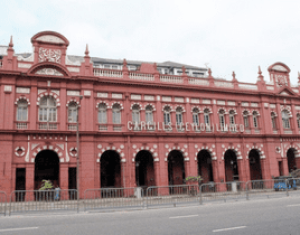
Colombo Fort and Pettah Architecture
Discover Colombo’s vibrant heart at the historic three-mile long rampart, originally constructed in the 16th century by the Portuguese and later enhanced by the Dutch and British colonial powers. This iconic boundary, separating the Fort and Pettah areas, now stands as Sri Lanka’s bustling commercial hub. Here, you’ll find government offices, major banks, luxurious five-star hotels, and the nation’s largest wholesale bazaar. Dive into Pettah Market, a lively maze of narrow lanes and small shops, teeming with vendors and shoppers in search of the best deals. From fresh produce and spices to fabrics, homeware, and even gold jewelry, every imaginable item is available at unbeatable prices.
Duration: 3 hours
Best time: Year-round
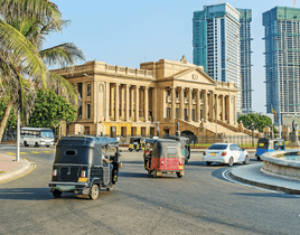
Colombo by Tuk Tuk
Sri Lanka’s coastal capital, Colombo, is conveniently compact but navigating its lively, crisscrossed streets can be challenging, especially in the heat and humidity. The best way to experience Colombo’s unique charm is by touring the city in a tuk tuk, the most popular local transport. Despite Colombo’s often frustrating traffic, these three-wheeled taxis, affectionately named ‘tuk tuks’ for the sound of their sputtering engines and gentle honking horns, can easily maneuver through busy streets. Their open sides offer a refreshing breeze on hot days.
Zip around Colombo’s streets and visit some of the city’s most beautiful landmarks, such as Independence Square and Viharamahadevi Park. Immerse yourself in the sights, sounds, and smells of this captivating capital city.
Duration: 3 hours
Best Time: Year-round
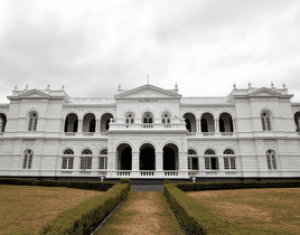
National Museum
The National Museum in Colombo, which is also referred to as the Sri Lanka National Museum, are the biggest museum in Sri Lanka and has various collections of cultural and historical importance, including the crown and throne of the Kandyan monarchs – which are the last kings of Sri Lanka – and artefacts and narratives that outlines the island’s captivating ancient history and the central role that Buddhism played in Sri Lankan culture.
Initially established in 1877 by Sir William Henry Gregory, who was the British Governor of Ceylon at that moment, the museum was architectured in a grand Italianate style and is situated magnificently on a silent city-centre street. People who are interested in delving into Sri Lanka’s captivating history – especially if you are not going to visit the Cultural Triangle – must spend half a day at this place and explore the various interesting objects that are displayed.
Duration: 3 hours
Best Time: Year-round
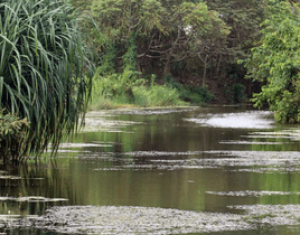
Talangama Wetlands
Located just a few kilometres from Colombo’s city centre, the Talangama Wetlands are an oasis of peace within a sprawling urban jungle and are one of the last remaining wetlands in Sri Lanka’s capital, the others having been built upon. This marshland is extraordinarily diverse and attracts a lot of wildlife, including 100 species of bird, numerous types of butterfly and dragonfly and some small mammals which are more commonly spotted in the early morning or late evening. Talangama is a fantastic choice if you are a keen birder, beginning your Sri Lanka birding holiday or seeking a tranquil spot in the heart of the island’s capital city.
Duration: 2 hours
Best Time: Year-round
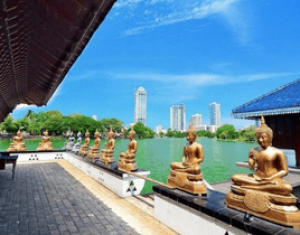
Colombo City Tour
Explore the fast developing city of Colombo, a quaint merging of the old and the new, in a full day tour covering all its key attractions and points of interest including the National Museum, Gangaramaya Temple, Colombo Fort,Old Dutch Hospital, Independence square, Galle Face Green and more culminating in some classic Colombo shopping.
Duration: Full day
Best Time: Year-round
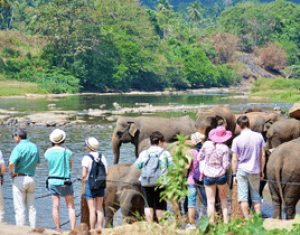
Pinnawala Day Tour
A full day’s tour taking you from Colombo, Kandy or Negombo to one of the most popular tourist attractions in the country – the Pinnawala Elephant Orphanage. Enjoy watching baby elephants wandering around their adopted home, being bottle fed and large herds of elephant bathing in the river at Pinnawala.
Visit the Pinnawala Elephant Orphanage Feed the baby elephants and give them a gentle rub down if you wish with the assistance of an experienced personnel Watch the herd walking down the street and for their bath in the hundreds
Duration: Full day
Best Time: Year-round


